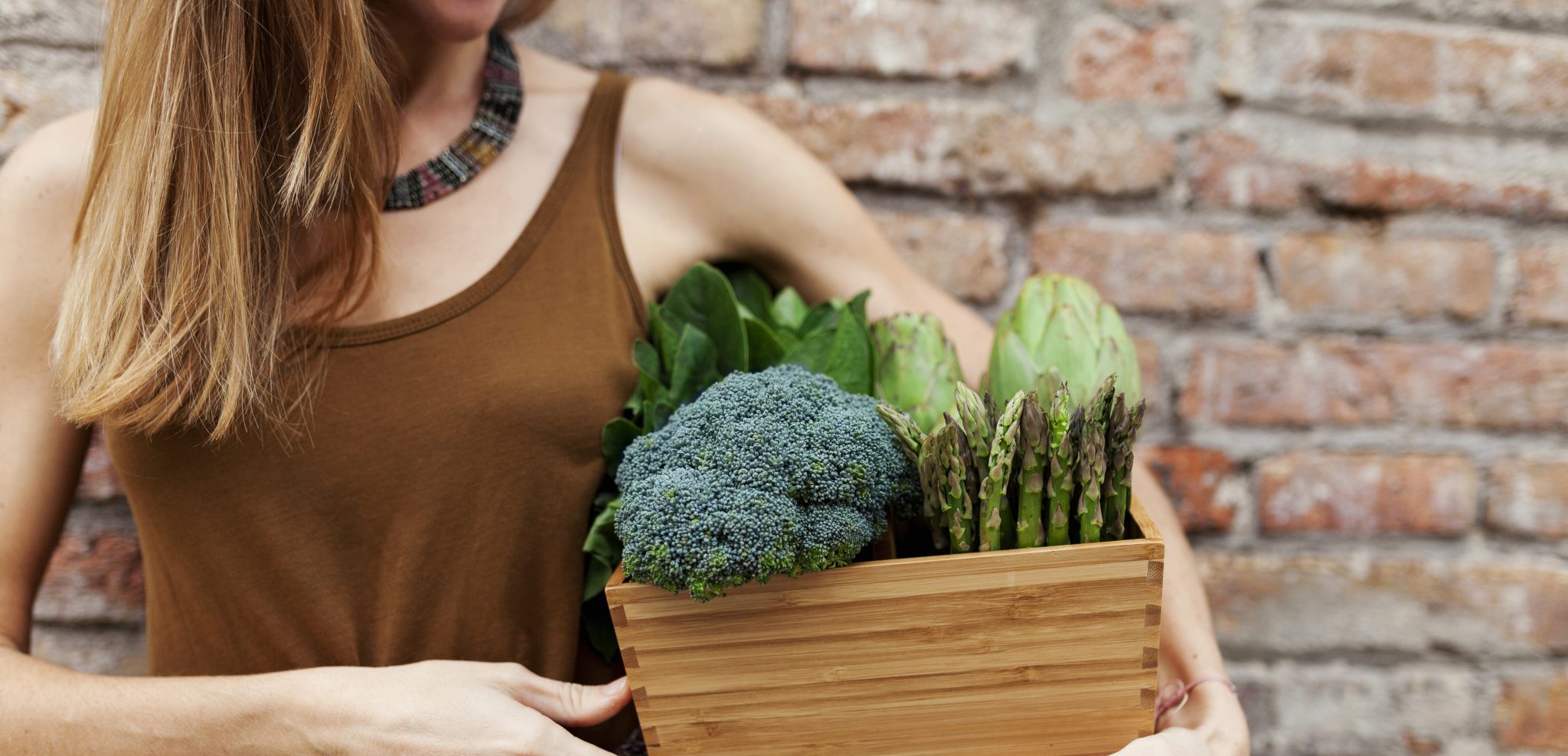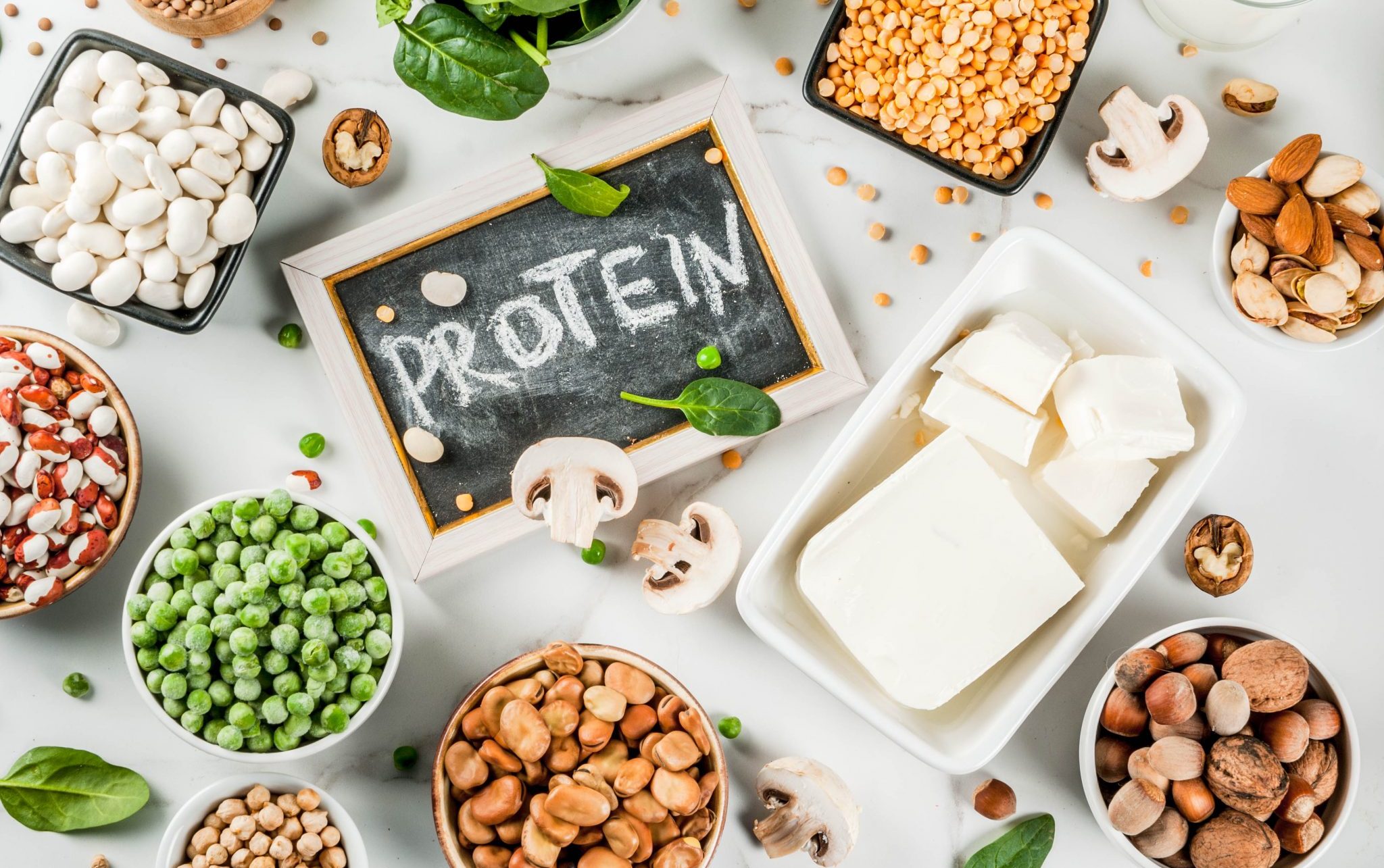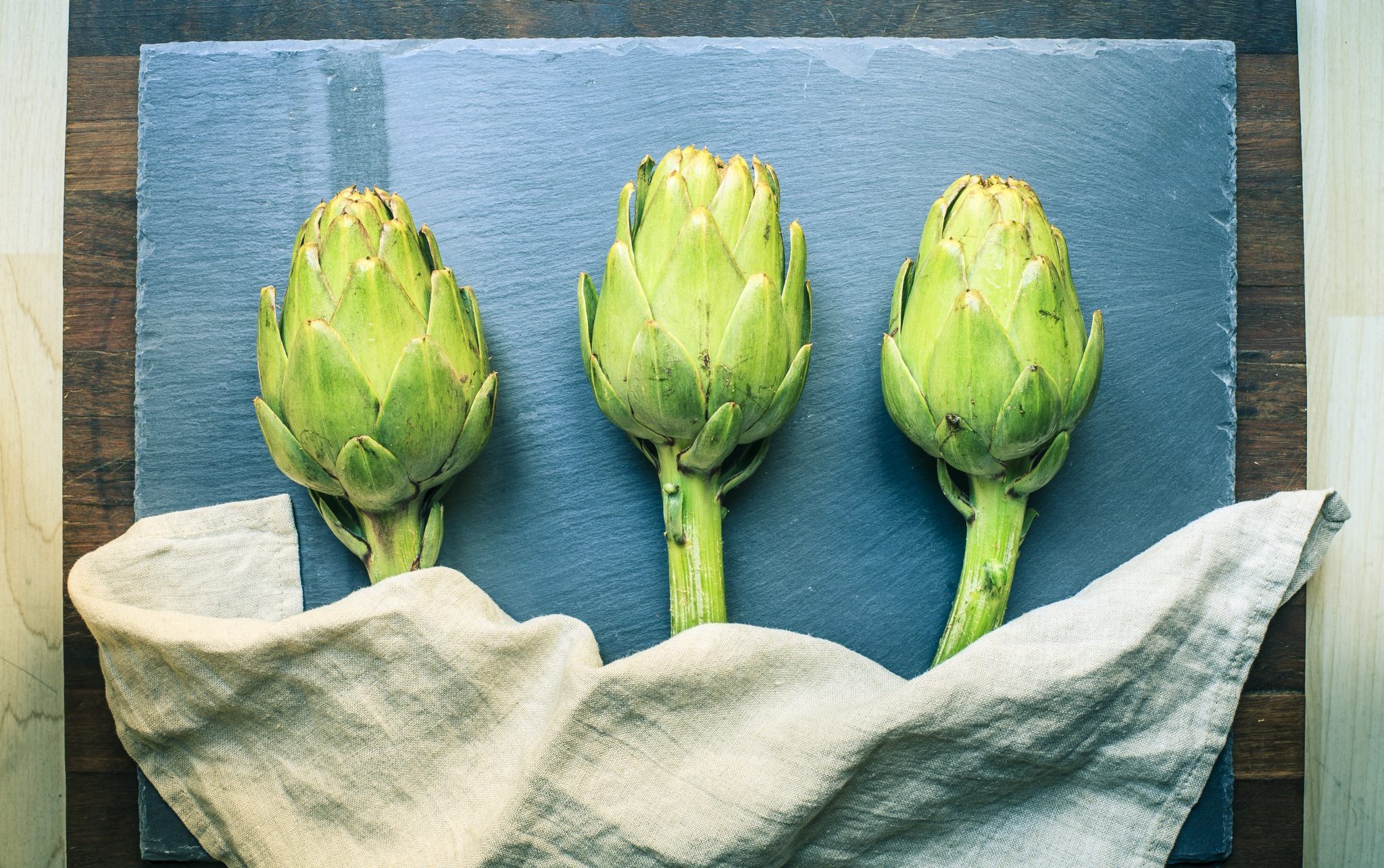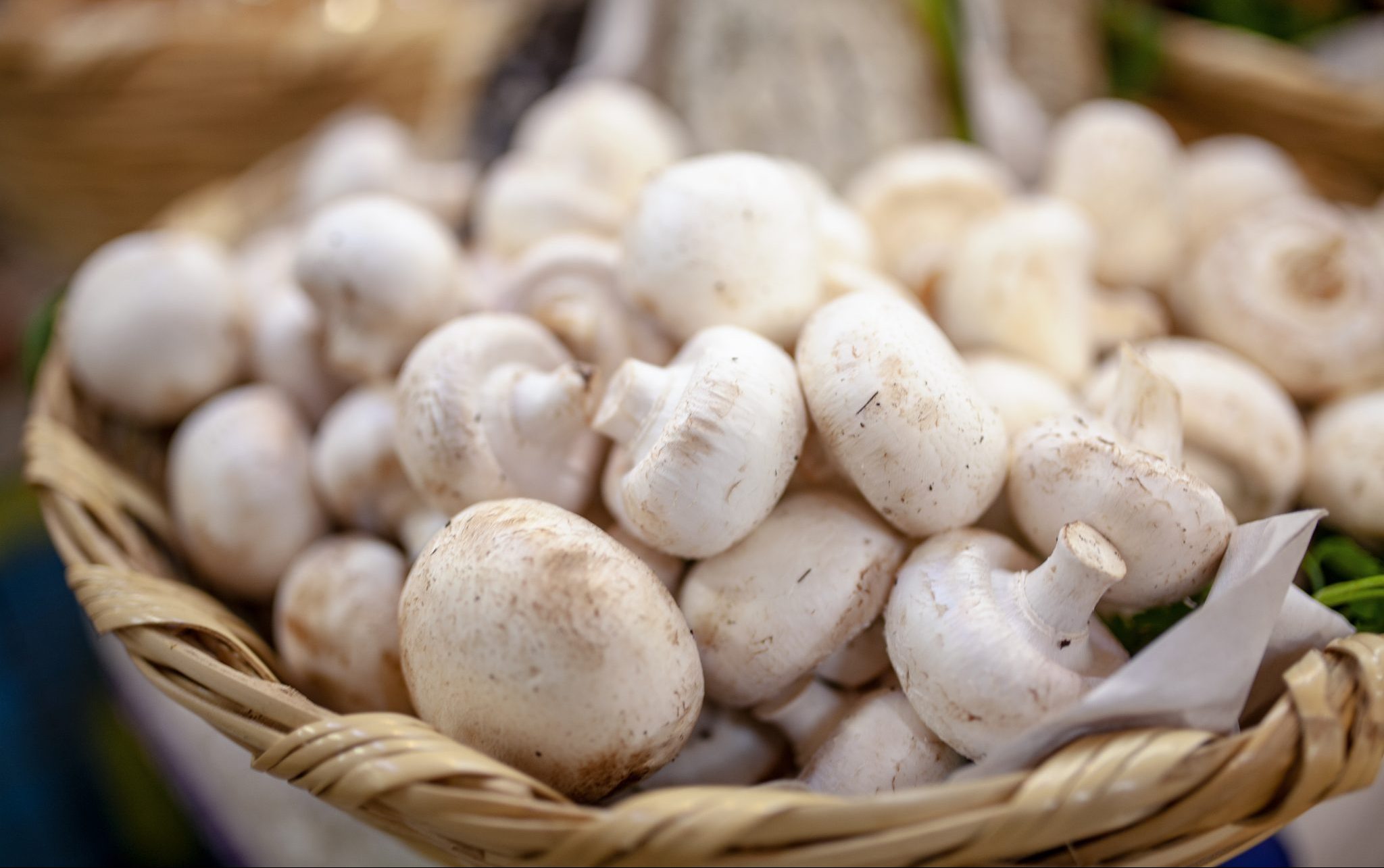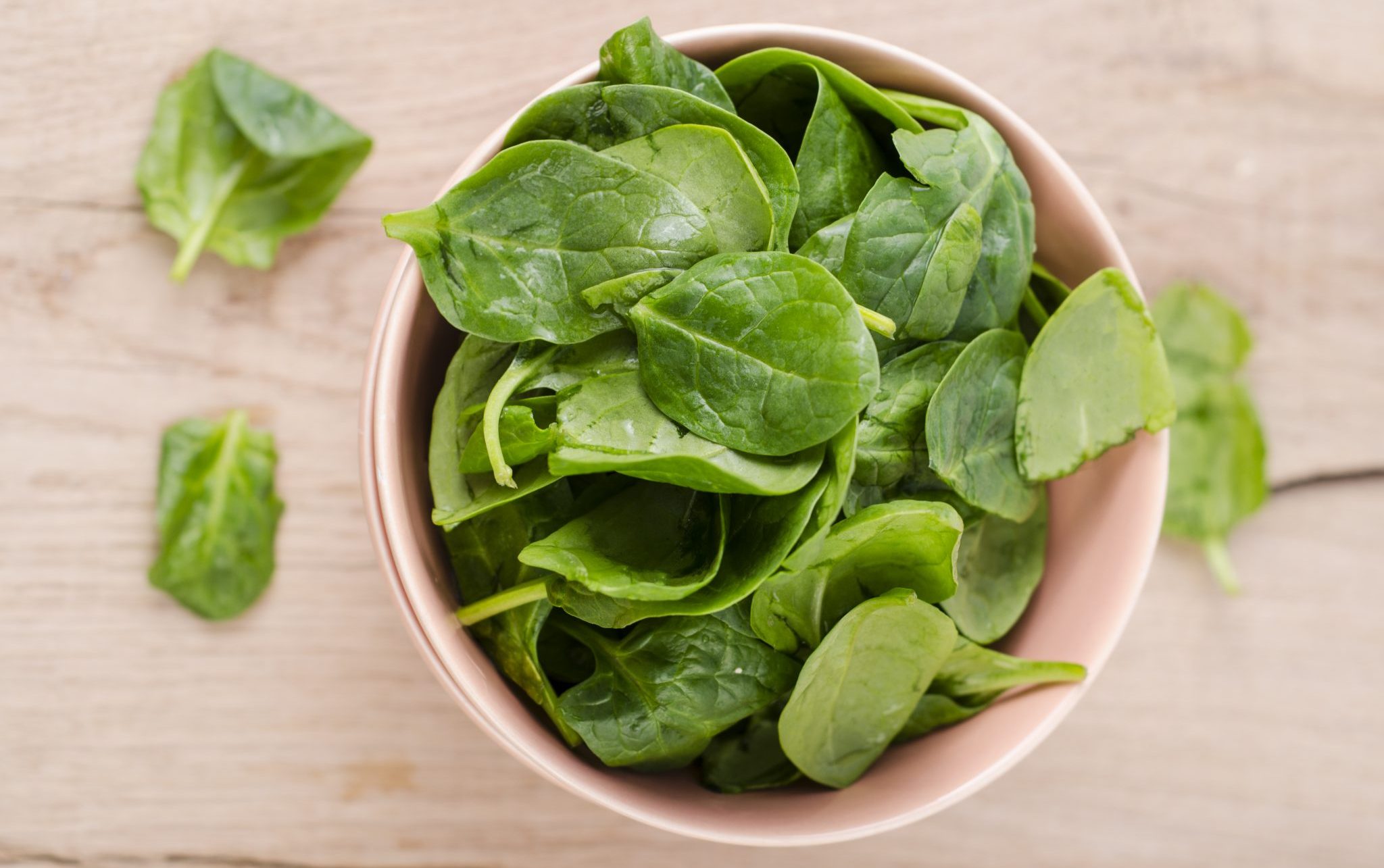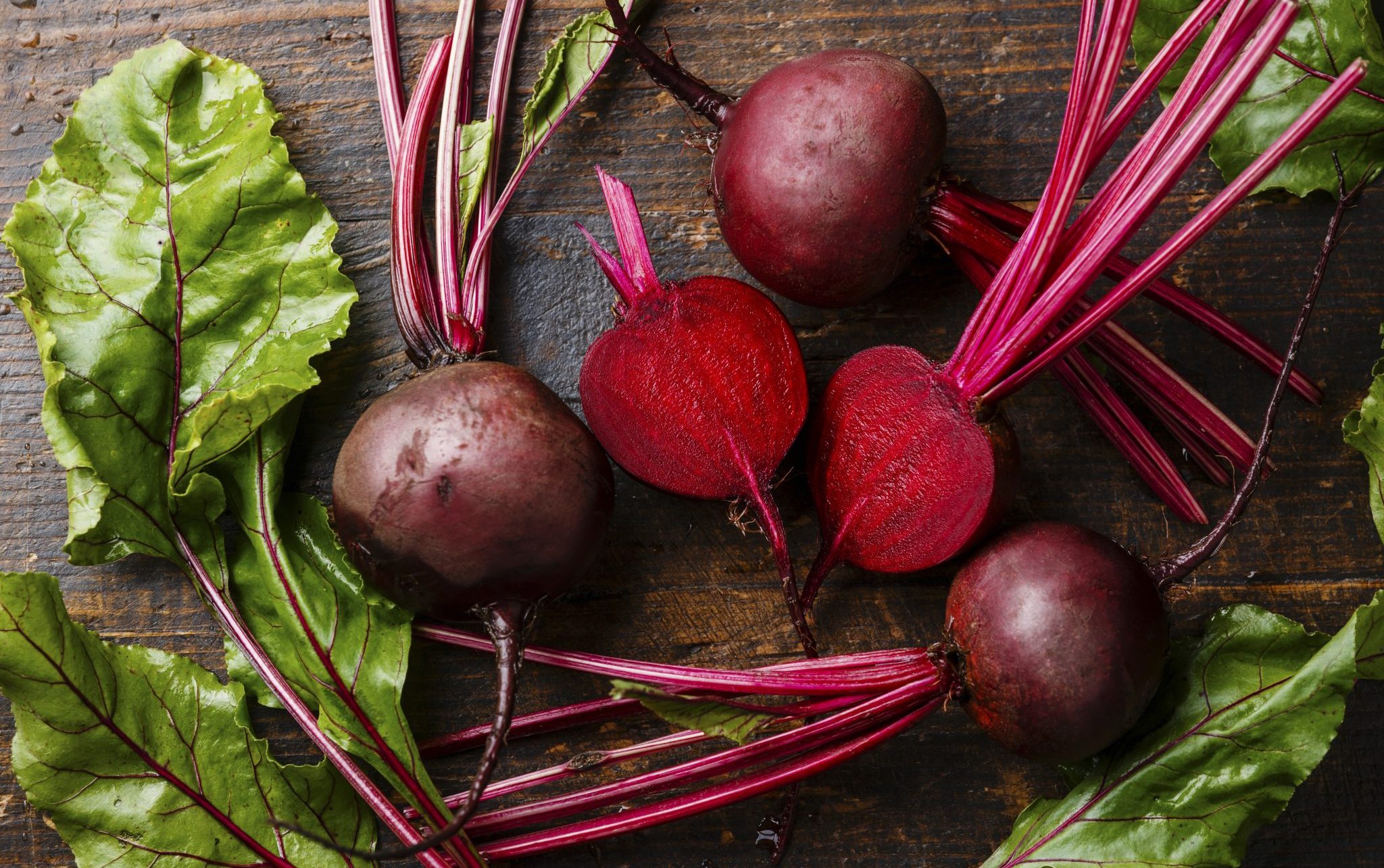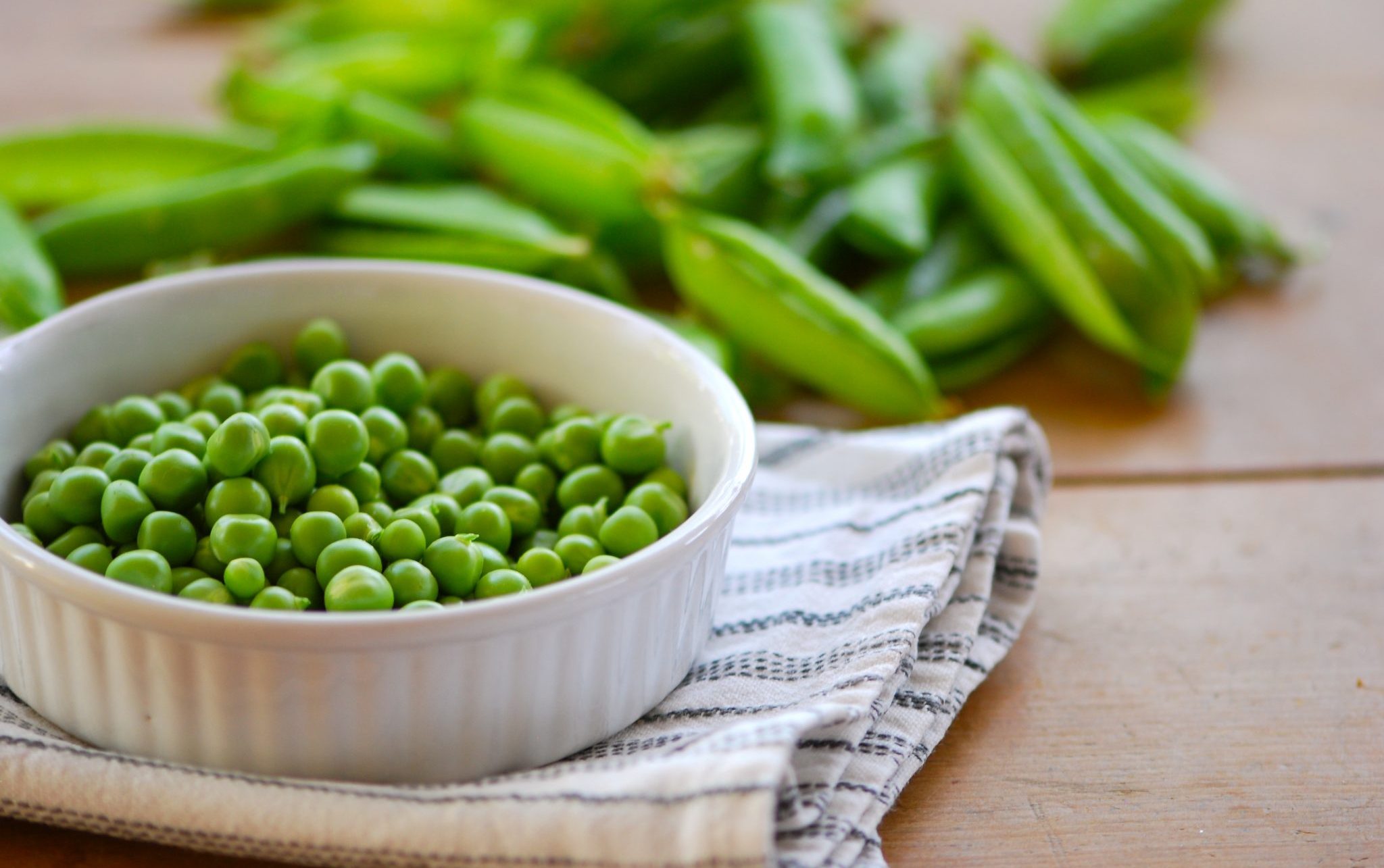We are so used to the thought that only animal source foods can supply the body with vital amino acids. Keep in mind, nature generously offers us vegetables with a lot of protein and micronutrients that your body needs. You already know that you should eat more vegetables and cut down on animal foods. So, why not to start right now?
An alarming fact, Americans on average eat 270 pounds of meat a year – double the amount recommended by the USDA. Obviously, many of us are eating utterly too much meat and not mixing it up with high protein vegetables. Consuming high quantities of animal products – comes with consequences: clogged arteries, renal diseases, and many kinds of gastrointestinal cancers caused by heme iron found widely in meat. Meanwhile, eating more plant-based meals will not only reduce cholesterol levels but will safeguard your whole body.
There’s an aura of snobbishness surrounding eating well, and so many people associate healthy lifestyle with wealth. We really need to renegotiate this food deal because we shouldn’t feel bad for trying to take care of ourselves. Besides, veggies are cheaper than meat products.
So, for everyone who wants to do better but gets lost in misleading stereotypes, here’s the list of veggies high in protein:
1. Artichoke
Once was used only by Roman and Greek nobility for medicinal purposes, today artichoke is easily accessible cultivated species of thistle. Scrumptious flower buds of artichoke can offer you 4g of protein per serving. Besides, it is:
- Rich in luteolin, chlorogenic acid, and poly phenols – beneficial in preventing cancer.
- Filled with potassium, magnesium, and phosphorus – the perfect combination for healthy heart.
- Rich in fiber and flavonoids – anticarcinogenic agents.
- Eliminates cholesterol from the body.
The best ways to cook artichoke – steaming and roasting. Steaming would take you about 15 minutes while roasting – about 45 minutes. Try both ways and see which one satisfies your taste buds.
2. Mushrooms
The Shanterelle, Shiitake, Portobello, Oyster and white mushrooms have been one of the most popular replacement for meat. Even though, mushroom is technically eatable fungi, we consider them to be protein rich vegetables. Mushroom hunting has been a significant part of Native American and Eastern European cultures – these people discovered the power of earth’s gifts centuries ago. On average 3.2 oz of mushrooms will provide you with 2.9g of amino acids.
- Improves immunity – clinical researchers suggest that regular consumption of shiitake mushrooms boosts your immune system and reduces inflammation.
- Rich in vitamin D, potassium, phosphorus and magnesium.
3. Spinach
This leafy green doesn’t need any introduction. Most people are aware of its nutritious value. Spinach contains 5 - 7 grams per serving of indispensable for us amino acids. Also:
- Holds more iron than other leafy greens.
- Contains miraculous antioxidants and anticancer properties.
- Chlorophyll, the element that gives spinach green color, has anti-inflammatory benefits.
- Rich in vitamin K – makes our bones stronger.
- Excellent source of vitamin A – replenishes the white blood cells, boosts immune system and sort of lubricates our skin and hair.
Keep in mind one more fact, spinach has the highest levels of vitamin C among its green buddies. The importance of this basic element doesn’t end on boosting the immune system. It assists with the growth and repair of the tissues as well as with the wound healing process. Also, vitamin C assists in iron absorption.
4. Kale
There are hundreds of cookbooks devoted to this nutritious powerhouse. The polyvalent leaves of kale can benefit your body from the bones to your digestive system. Kale fairly earned its spot among vegetables with the most protein – 3.5 oz of raw kale contains up to 4 grams of amino acids. On top of being a great source of protein, researchers claim that this superfood has preventative and fighting cancer qualities. The list of bonuses that kale offers us continues:
- Lowers cholesterol
- Filled with vitamin K that your body needs to maintain calcium balance for healthy bones.
- Has anti-inflammatory qualities.
- Good source of potassium.
5. Asparagus
Fill your plate with this spring superfood that comes in multiple colors: white, purple, green. Enrich the body not only with vitamins A, C, E, iron and copper. Asparagus is put next to the vegetables full of protein: 3.2 oz supplies you with 3g of amino acids.
Consider adding kale to your diet since it has endless list of qualities:
- Bone strength – half a cup of cooked asparagus contains 50% of the daily allowance of vitamin K. It lowers the risk of excessive bleeding and osteoporosis. Since it’s a fat-soluble element, to get more vitamin K out of asparagus, serve it with a sprinkle of olive oil.
- Rich in folate that maintains nervous system and the health of the skin.
- Asparagus is unique because it contains more of the compound glutathione than any other green. This antioxidant activates other compounds and enzymes in the body. Being rich in antioxidants, asparagus may prevent diabetes, cataracts, infections and neurological diseases like Alzheimer’s.
6. Beets
Here’s one more superfood that also has a long resume of nutrients and vitamins. Beets belong to the list of veggies high in protein – 2.3 grams in a cup. Unfortunately, beetroot often stands as an outsider for many folks because of its earthy taste that some even compare with dirt. However, these roasted buds could be very delightful.
Roasted beets
Dressing:
- 1 shallot onion, diced
- 1 teaspoon Dijon mustard
- 3 tablespoons balsamic vinegar
- ¼ cup olive oil
Crank your oven to 400 F. Pour the dressing in a bowl, add chopped beets and shake this stuff up. Pour the mixture onto the baking sheet and roast for 20 minutes, stirring the beets halfway through. Dill, basil, and parsley would work well with this plate. You can serve it hot as a side dish or let it chill and enjoy as a cold salad.
Steam or boil leafy parts of beets which are also edible and just as full of vitamins as the root.
7. Peas
And last but not least – peas. Don’t get fooled by these little pals. They are not just a side dish thrown on your plate for decor but a protein-rich powerhouse. One serving of raw green peas contains 6 grams of amino acids. There is a number of additional perks that peas can offer:
- Promote satiety thanks to high levels of fiber.
- Packed with antioxidants.
- Include phytonutrients which have strong anti-inflammatory qualities.
- Supply us with plenty of vitamin B1 and folate.
Level up your dinner table with this simple ingredient that has everything you need to feel like a champ. Peas also keep you feel full for a while. A meal with peas keep your satiety in check just like after a plate of meat and eggs.
Once I heard that there’s no monopoly on the right way to eat. Come up with your own style!
Food for us is like gas for cars. Imagine filling the tank of a luxury vehicle with unleaded gas – the engine gets damaged. Hence, vegetables are ‘the premium gas’ for your body – not only they are delicious when cooked right, but they always have your back. Besides tons of vitamins, minerals and antioxidants that they provide, we can get sufficient amount of vital amino acids without clogging arteries with cholesterol.

